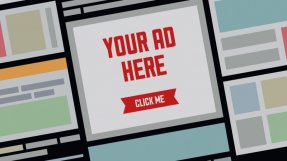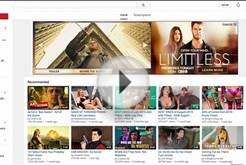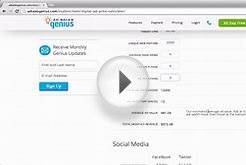People know a great ad when they see one, but getting that ad to right people at the right time is an art unto itself. As innovation in advertising technology renders old tactics obsolete, it also opens new opportunities to reach your audience.
The central questions in digital advertising today are: Where will people listen? What content will they engage with? How do I reach them? The answers are key to understanding four trends that are shaping the industry.
1. Mobile video advertising.
Mobile video consumption is growing rapidly and providing advertisers with a way to reach consumers when they are paying attention. Between Q3 2012 and Q3 2014, smartphone and tablet video consumption grew 400 percent and now accounts for 30 percent of all online videos played, according to Ooyala’s Global Video Index. This trend has been helped along by the expansion of fast 4G/LTE coverage. The bigger iPhone 6 screen and the popularity of other ‘phablets’ (large-screen smartphones) also reflect the growing importance of mobile video. As phablets saturate the market, they will in turn feed the growth of mobile video.
Mobile video viewers are what you might call a "captive" audience. When TV commercials begin, people look down at their phones. On the bus or subway, people focus on their digital screens instead of the ads passing by in the cityscape. When radio ads begin, people change the station. However, when people are already looking at their smartphone, nothing is going to distract them. Use mobile video ads to take advantage of this undivided attention.
2. Native advertising.
When websites feature advertisements that emulate the content and style of their own site, we consider it native advertising. Native ad spending will climb from $3.2 billion in 2014 to $8.8 billion by 2018, largely because advertisers are seeing above average engagement with this format, according to an eMarketer forecast.
Native ads are typically long-form blog posts, infographics or videos that aim to inform, entertain and inspire people without directly promoting a product. For example, a banner ad from a clothing retailer might promote a winter clothing sale, but a native ad from the same retailer might discuss winter fashion tips instead. Typically, native ads are tagged with a disclaimer such as “sponsored content”, “paid post” or “promoted by”.
If you’re targeting millennials, who tend to be put off by "salesy" ad content, consider native advertising. Now that publishers are partnering with advertisers in the production process (i.e. helping them write and edit), it’s easy to get expert help.
3. Viewable impressions.
Until recently, digital advertisers were very susceptible to fraud. Many were misled into paying for bottom-of-the-page ads that no one scrolled down far enough to see. "Click fraud" was also a huge risk. Essentially, some people realized they could run up their competitors’ advertising bills by creating computer programs (“bots”) that automatically click ads. This practice became so rampant that fraudulent bot traffic may have cost the advertising industry as much as $11.6 billion in 2014. Thankfully, new viewability technology and an advertising model called “viewable impressions” are eradicating both of these problems.















